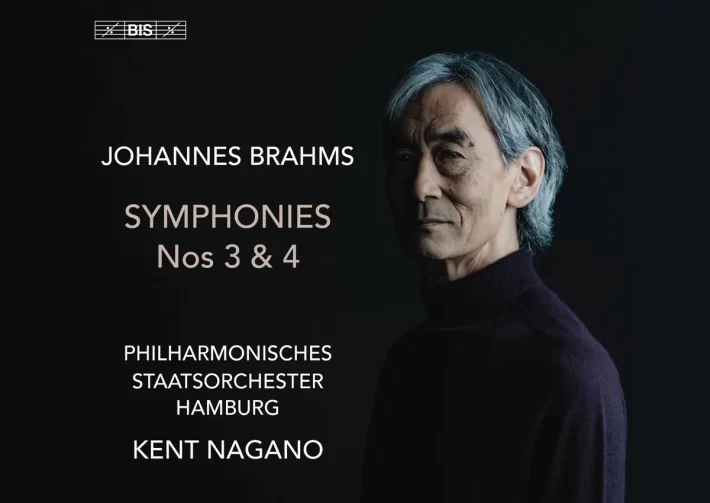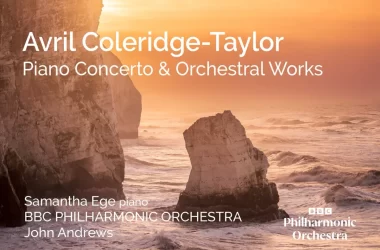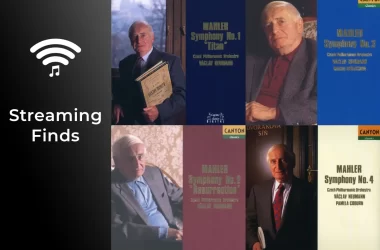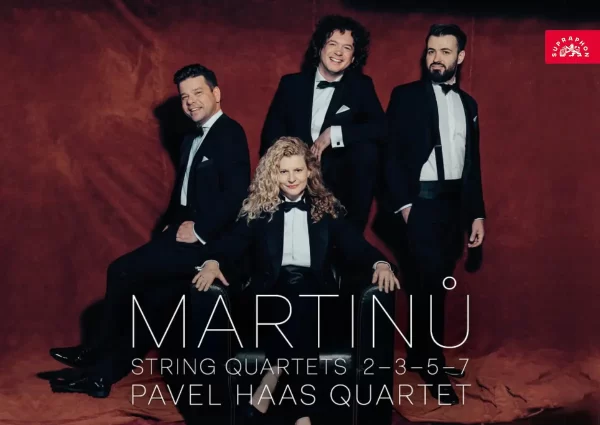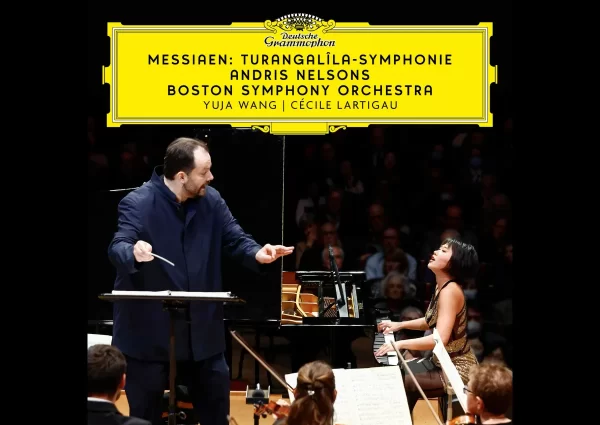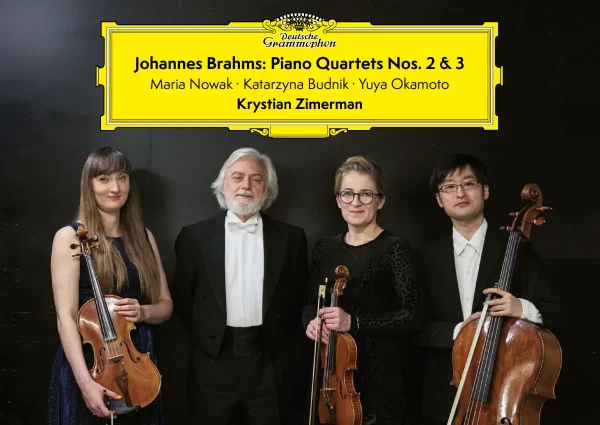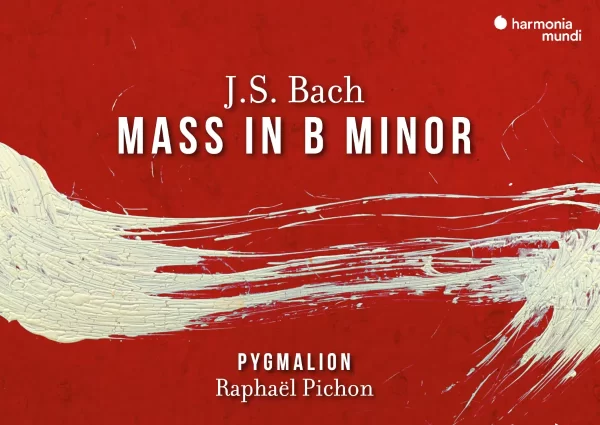A few months ago, my colleague Tal Agam wrote a positive review of this same team (joined by a massed choir of nine vocal ensembles) performing the 1868 Bremen Version of Brahms’ Requiem. Now Symphonies Nos. 3 and 4 have arrived, both recorded live at Hamburg’s Elbphilharmonie Großer Saal in January 2019 (No. 4) and April 2023 (No. 3).

In the opening movement of the third, one is immediately struck by the warmth and richness of the orchestral sound, especially when compared to Gardiner’s recent Concertgebouw cycle (DG). Taken at a slower tempo (14’09”) than most performances I know (Gardiner’s 12’33”; Iván Fischer/Budapest Festival Orchestra 13’43”; Blomstedt/Gewandhaus 13’48”), the playing is sweetly lyrical, articulation and accents rounded. But the playing has an intensity and suppleness of phrasing that quickly won me over.
The nine-and-a-half-minute Andante is closer to an Adagio, but again the beauty of the playing makes it work. The strings do not play with continuous vibrato, though it is used more frequently than Gardiner allows in Amsterdam. The third movement’s organic ebb and flow, with sound created from bottom to top, has a potent atmosphere of longing and regret.
Nagano’s tempo for the final movement is fast without ever becoming harried – many recent recordings (especially those played by smaller sized forces) drive this movement hard, as if the struggle and pain heard in the music is newly experienced. Here those same emotions are present, but one has the feeling that time has passed between the painful events and the composer’s recollection of them. This makes the symphony’s serene coda, where the composer’s F-Ab-F motif (Frei aber froh/Free but happy) heard in the first movement returns, particularly poignant.
While Nagano’s laid-back approach proved compelling in the third, it proves less convincing in the fourth symphony. I suspect Nagano wants to draw our attention to the first movement’s contrapuntal and developmental brilliance. Yet those compositional techniques surely have an emotional function: the two-note melodic motifs are constantly searching for harmonic stability, which should give us a sense of discomfort, of increasingly desperation. Nagano’s tempo is not urgent enough to conjure those feelings; instead, the tempo drags, and phrasing begins to feel stitched together. A welcome burst of energy for the Coda proves too little too late.

Kent Nagano (image: ©️ Antoine Saito)
The second movement is more successful, though again its more agitated passages need greater drive and articulation. Nagano’s tempo for the Allegro giocoso is excellent, but the performance misses the playful (giocoso) element of this music, especially when compared to Honeck jovial reading with the Pittsburgh Symphony Orchestra (Reference, reviewed here).
The final movement’s opening stentorian chords should portend a tragic journey through the variations that follow, as they do with Honeck and Kleiber in his masterful Vienna Philharmonic/DG recording. That is not the case here. Nagano is masterful at laying out this movement’s structural brilliance: Theme and Variations, combined with Sonata form, all build on a Passacaglia taken from one of Bach’s earliest cantatas. And the playing is undeniably splendid. But there is an emotional reticence or detachment in music that conductor Felix Weingartner described as: “…a veritable orgy of destruction, a terrible counterpart to the paroxysm of joy at the end of Beethoven’s last symphony.” Some readers may find that description over the top and may well find this reading more satisfying than I do.
Interestingly, Nagano has recorded this symphony before, with the Deutsches Symphonie-Orchester Berlin (Harmonia Mundi). I find that performance far more engaging – tempos are faster in every movement, and the Berliners are fully the equal of their Hamburg counterparts. More importantly, the recording expresses the music’s tragic emotional journey far more successfully.
Recommended Comparisons
Jochum | Karajan | Honeck | Chailly

Album Details |
|
|---|---|
| Album name | Brahms – Symphonies 3 & 4 |
| Label | BIS |
| Catalogue No. | BIS2374 |
| Artists | Philharmonisches Staatsorchester Hamburg, Kent Nagano |
Included with an Apple Music subscription:
Latest Classical Music Posts

